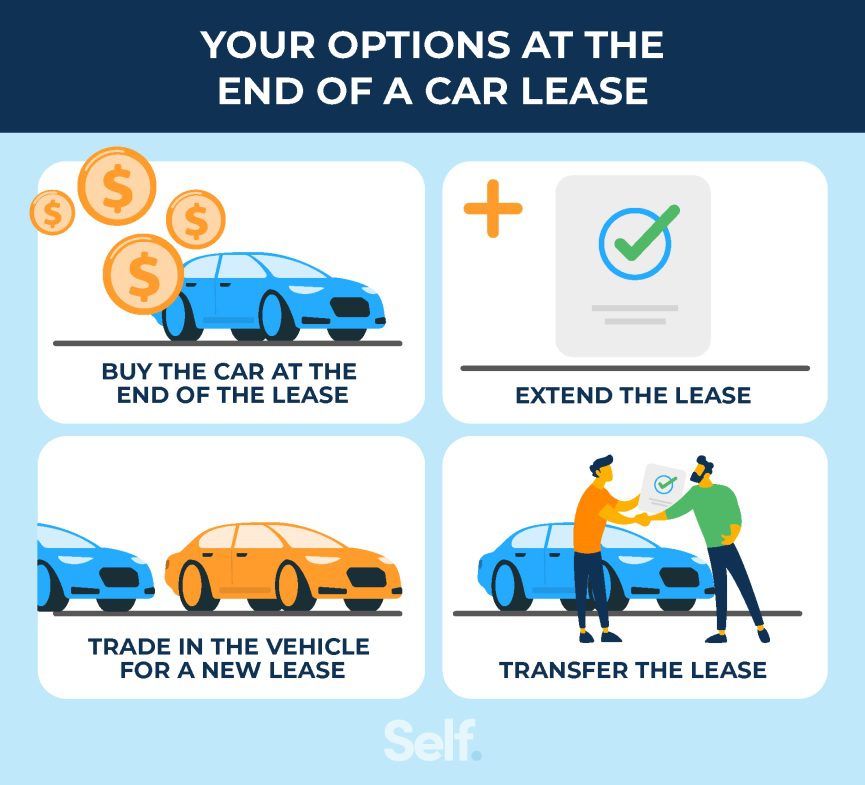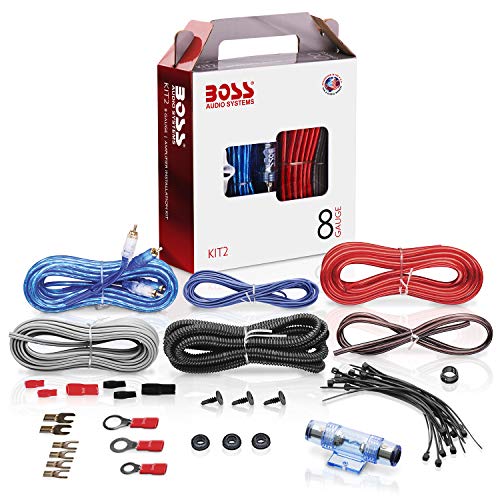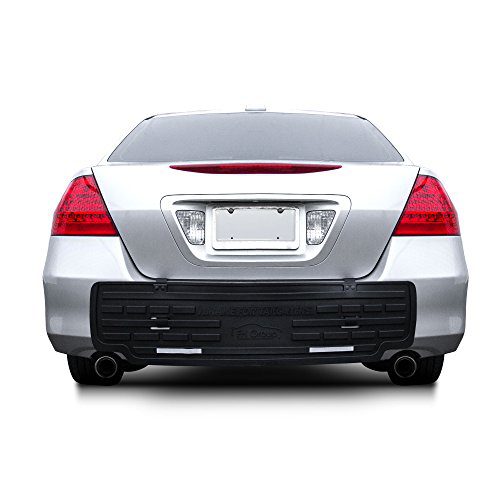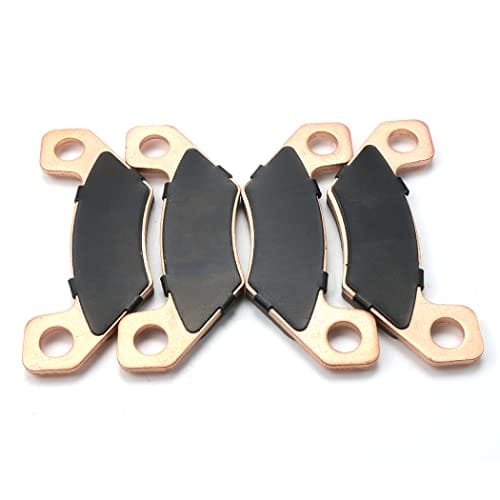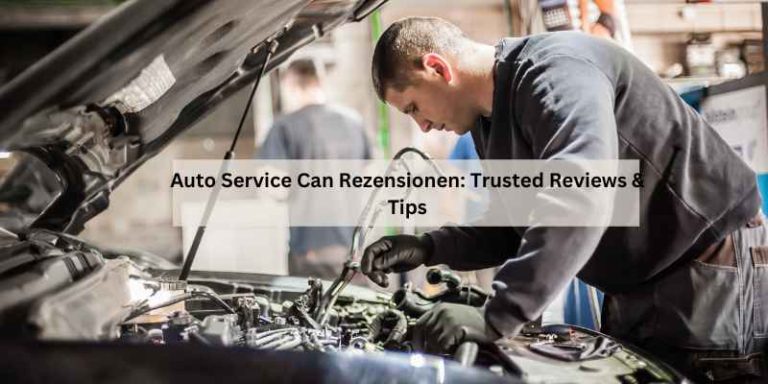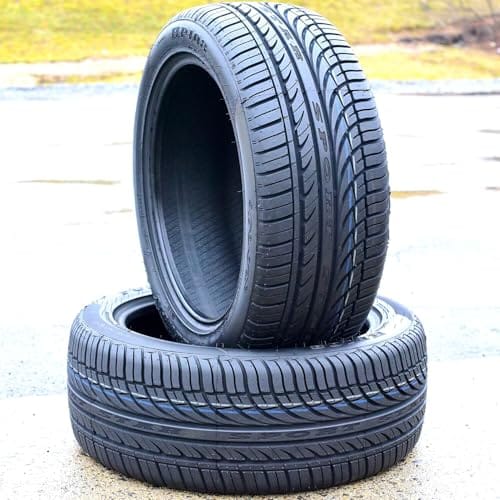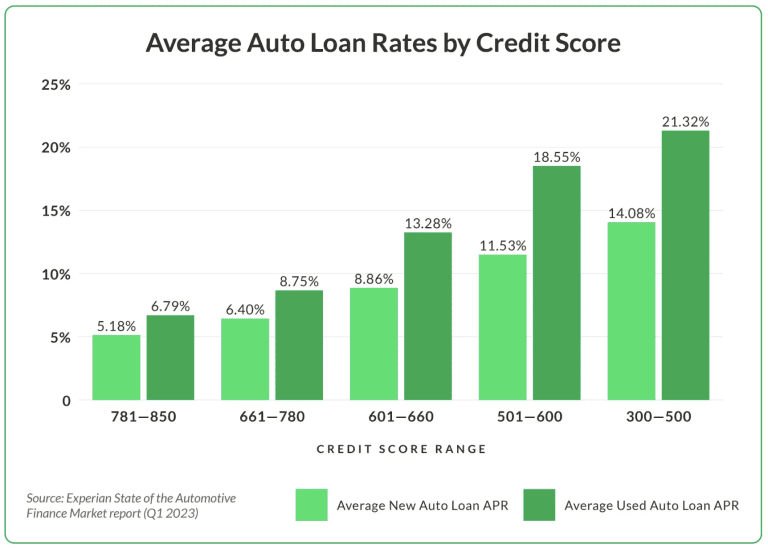What to Do at the End of a Car Lease: Essential Steps and Tips
Reaching the end of your car lease? Confused about what comes next?
Don’t worry; you’re not alone. Many people find themselves in this situation, unsure of the steps to take. As your lease term nears its end, you’ll need to make some decisions. Should you return the car, buy it, or lease a new one?
Each option has its own set of benefits and considerations. Understanding these choices will help you make an informed decision that fits your needs and budget. In this guide, we’ll explore the steps you should take at the end of your car lease, ensuring a smooth transition and the best outcome for you. Stay with us to learn more.
Review Lease Agreement
Check the mileage limits in your lease agreement. Exceeding the limit can lead to extra charges. Make sure to compare your car’s current mileage with the allowed limit. If you are close to exceeding it, consider driving less. This can help you avoid extra costs. Be mindful of this aspect to save money.
Lease agreements have a wear and tear policy. This defines what damage is acceptable. Check your car for any damages. Small scratches or dents might be okay. Larger damages might cost you extra. It’s important to fix any issues before returning the car. This will help you avoid penalties.
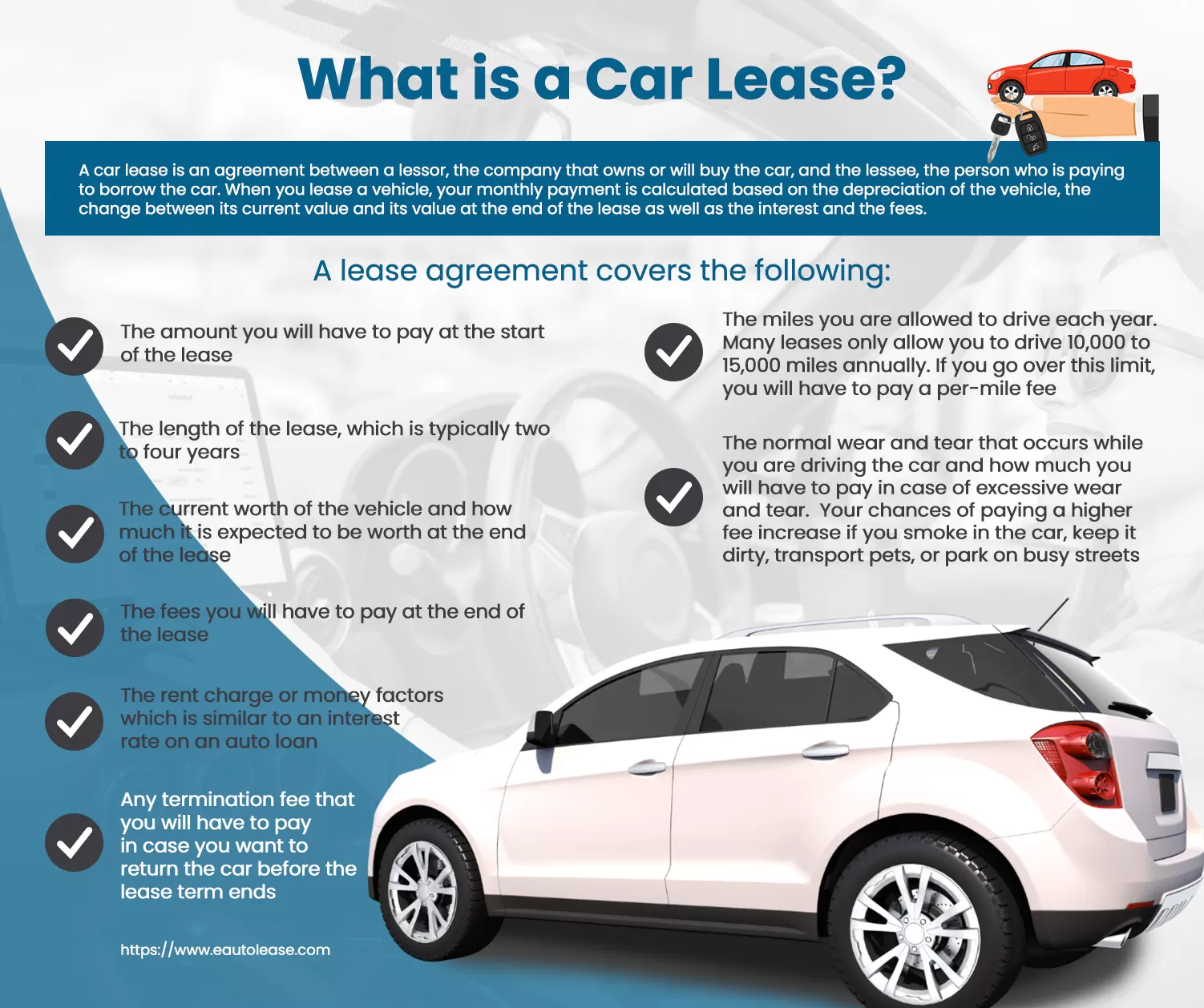
Credit: www.eautolease.com
Inspect The Car
Check for scratches and dents. Look closely at the tires for wear. Inspect the interior for stains or damage. Make sure all lights work. Test the brakes and wipers. Note any unusual sounds or smells. Keep a record of your findings.
Experts can spot hidden issues. They provide a detailed report. This saves you from surprises later. Accurate assessment helps with negotiations. It’s a stress-free process. Professionals use advanced tools. Their experience ensures reliable results.
Schedule Lease-end Inspection
Plan the inspection 30 to 90 days before the lease ends. This allows time for any needed repairs. Early scheduling ensures you are not rushed.
The inspector checks the car’s condition. They look for excess wear and tear. They also check the mileage and overall cleanliness. Minor damages might be noted. The process is usually quick and simple.
Consider Repairs And Maintenance
Check for scratches and dents on the car’s body. These can be costly to fix later. Look at the tires. Worn tires may need replacing. Inspect the brakes. Weak brakes can be dangerous. Check the lights and signals. Replace any broken bulbs. Look under the hood. Ensure the engine is in good shape. These steps can save money in the long run.
Regular oil changes keep the engine running smoothly. Replace air filters to improve air quality inside the car. Check fluid levels. Top off or replace any low fluids. Rotate the tires. This helps them wear evenly and last longer. Keep the car clean. A clean car looks better and may have fewer problems. These actions can reduce repair costs.
Evaluate Your Options
Returning the car is a common choice. Inspect the car for any damages. Clean it thoroughly. Make sure all the keys and documents are ready. Go to the dealership. They will check the car’s condition. You may have to pay for extra miles or damages.
Buying the car can be a good option. Check the buyout price in your lease agreement. Compare it with the car’s market value. If the buyout price is fair, you can proceed. Contact the dealership. Arrange for financing if needed. Complete the paperwork. Now, the car is yours.
Leasing a new car is exciting. Choose a new model. Visit different dealerships. Compare lease deals. Test drive the new car. Negotiate the terms. Sign the lease agreement. Drive away in your new car. Enjoy the fresh experience.
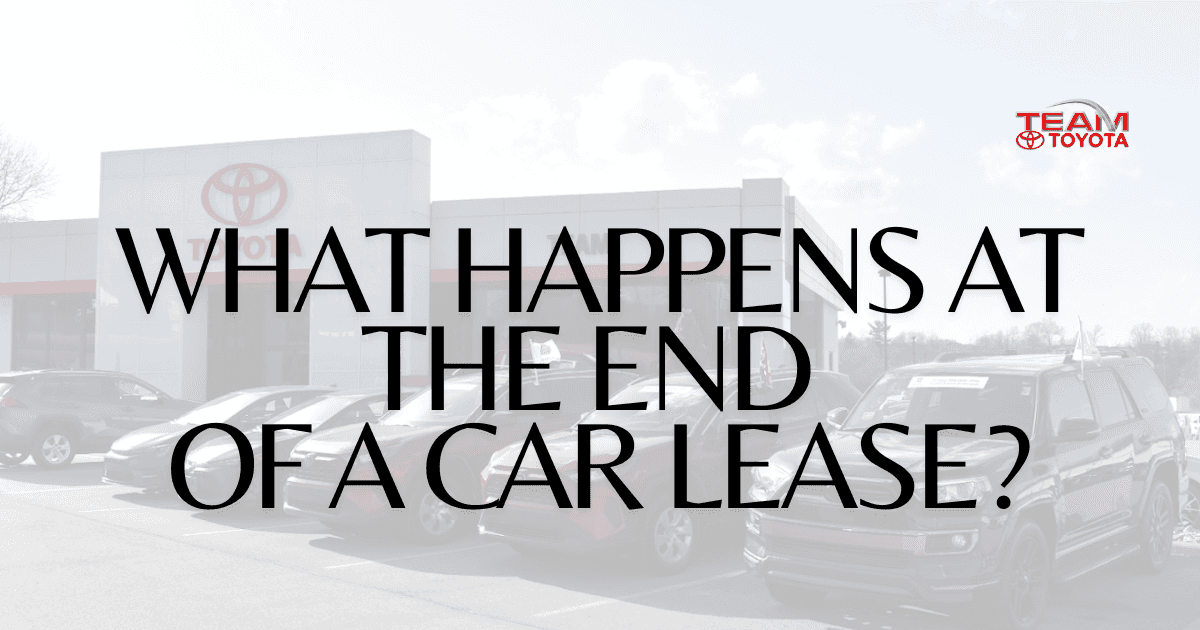
Credit: www.teamtoyotaohio.com
Negotiate Fees And Charges
Cars can have some wear and tear. Leasing companies may charge for these. Check your car for any damages. Fix small issues before returning the car. This can save you money. Document the car’s condition with photos. This helps if there is a dispute.
Leasing contracts often have mileage limits. Exceeding these limits can be costly. Know your mileage allowance. Plan your driving to stay within the limit. If you go over, negotiate the charges. Sometimes, companies will lower the fee. Be prepared to discuss your driving needs.
Prepare For Return
First, gather all necessary documents. This includes the lease agreement, any service records, and the vehicle’s inspection report. Ensure all paperwork is in order. Having these documents ready will make the process smoother.
Clean the car both inside and out. Remove all personal items from the car. Vacuum the interior and wipe down surfaces. Wash the exterior and ensure it looks good. Consider a professional cleaning for the best result. This can leave a good impression.
Return The Car
On return day, be ready for a detailed inspection. The leasing company will check for damage, mileage, and cleanliness. Bring all keys and documents. The car’s condition should match what was agreed upon in the lease.
Expect to discuss any extra charges. These could be for excess wear or over-mileage. Sometimes, small damages are allowed. But large issues might cost you. Have your maintenance records ready too. This helps show you took care of the car.
After the inspection, you’ll need to sign some papers. These confirm the car’s return and its condition. Ensure you read everything carefully. Ask questions if needed.
You might get a final bill. This includes any extra fees. Pay it on time to avoid issues. Keep copies of all documents. They are important for your records.
Post-return Follow-up
Follow up after returning a leased car by inspecting for any damages and ensuring all paperwork is completed. Check for any remaining fees and confirm the lease account is closed.
Confirm Lease Closure
After returning the car, confirm the lease closure. Contact the leasing company. Ask for a confirmation letter. This letter should state the lease is closed. Check for any remaining fees or charges. Ensure there are no hidden costs.
Next, review the final statement. Look at all charges. Make sure they are correct. If you see any errors, contact the company. Resolve any issues quickly. This helps avoid future problems.
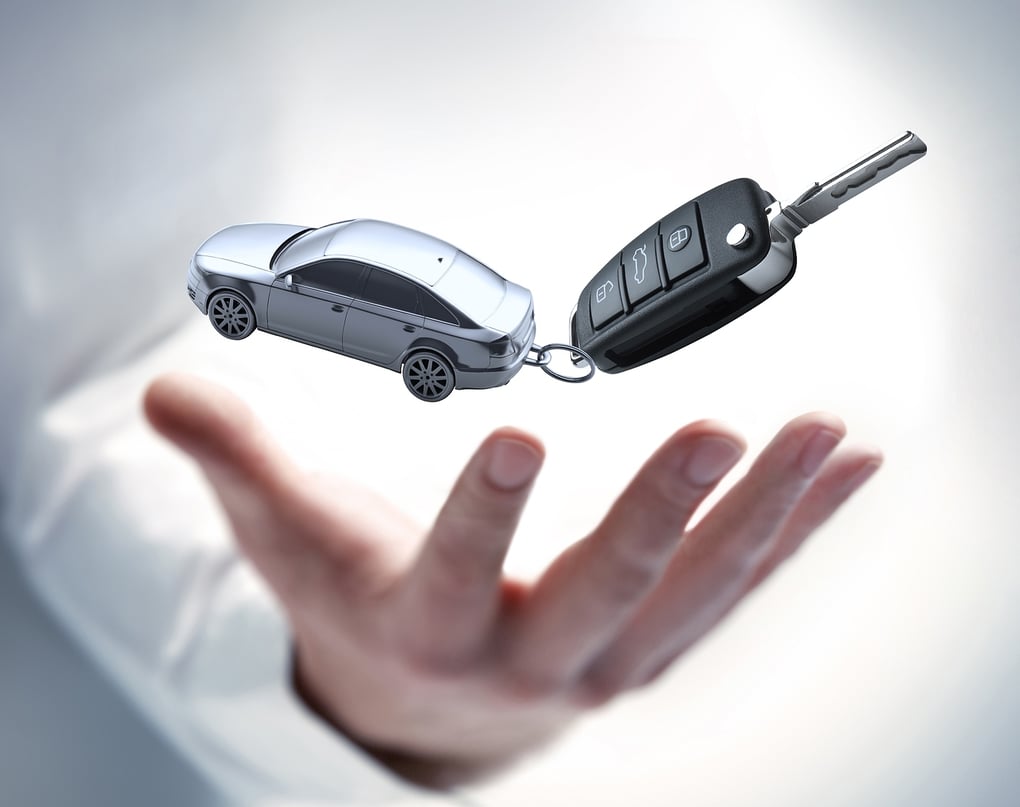
Credit: www.carpro.com
Frequently Asked Questions
What Are My Options At The End Of A Car Lease?
At the end of a car lease, you can return the vehicle, buy it, or lease a new one.
Can I Negotiate The Buyout Price?
Yes, you can negotiate the buyout price with the leasing company, but success varies.
What Happens If I Exceed The Mileage Limit?
If you exceed the mileage limit, you will likely face additional charges as per your lease agreement.
Can I Extend My Car Lease?
Yes, many leasing companies allow you to extend your lease, but terms and conditions apply.
Conclusion
To wrap up, ending a car lease involves several steps. Return the car in good condition. Check for any extra charges or fees. Consider your next vehicle. Evaluate buying, leasing again, or exploring other options. Understand your financial situation and future needs.
Make an informed decision. Following these tips helps ensure a smooth lease end. Always read the lease agreement carefully. This can save you from unexpected costs. A well-planned approach makes the process easier and less stressful.

